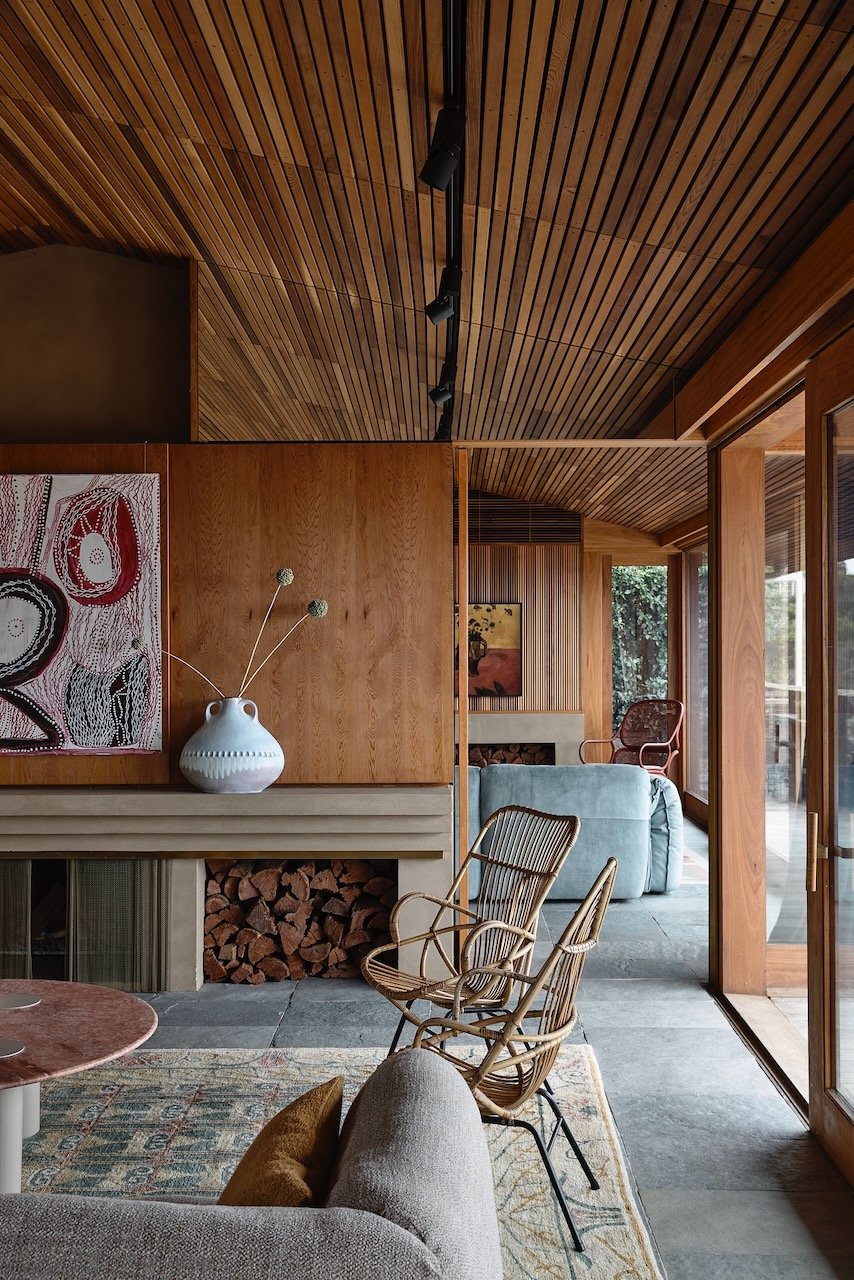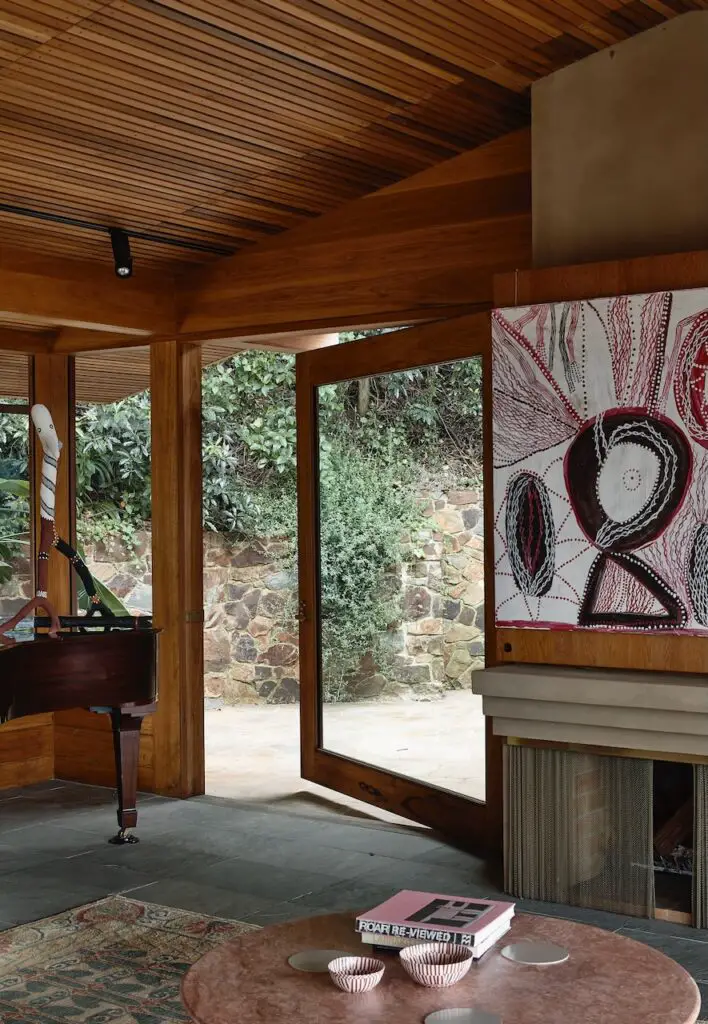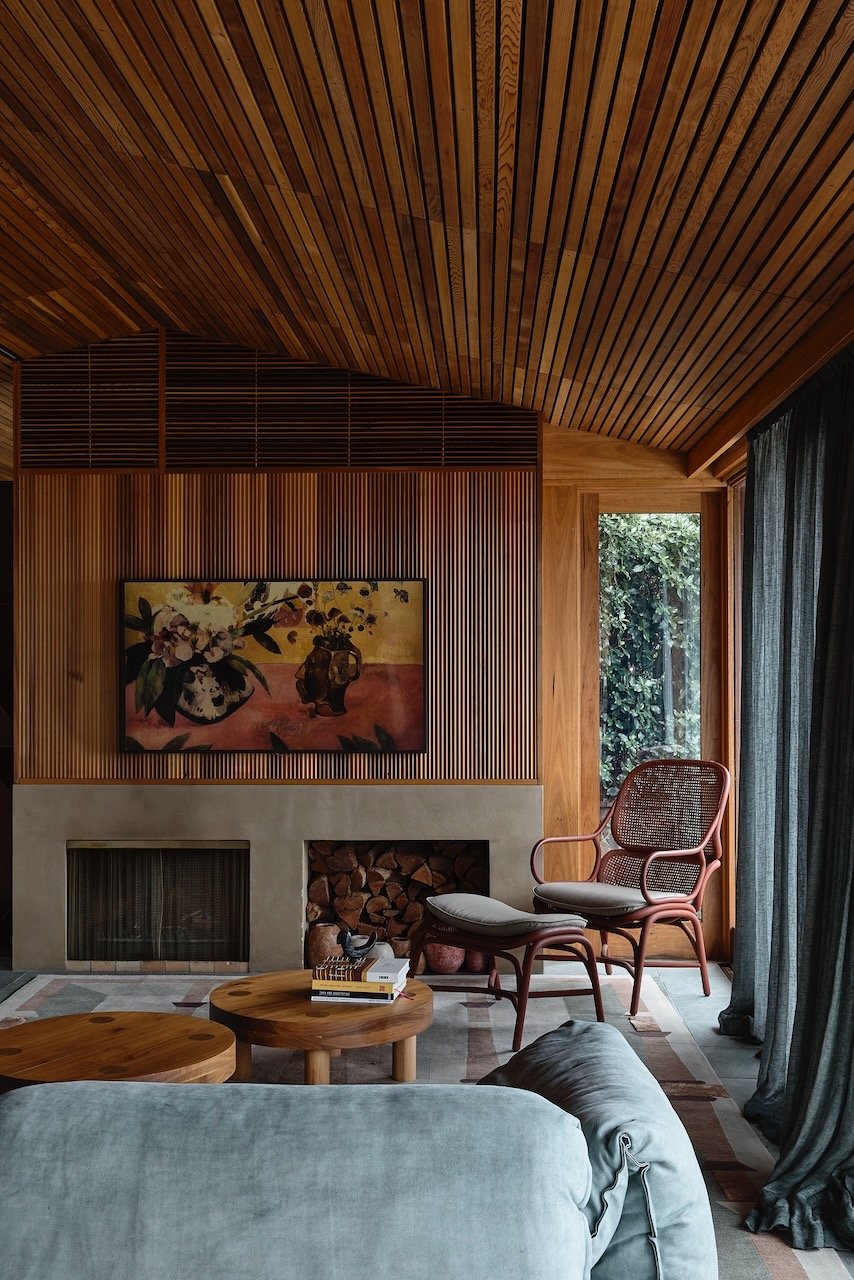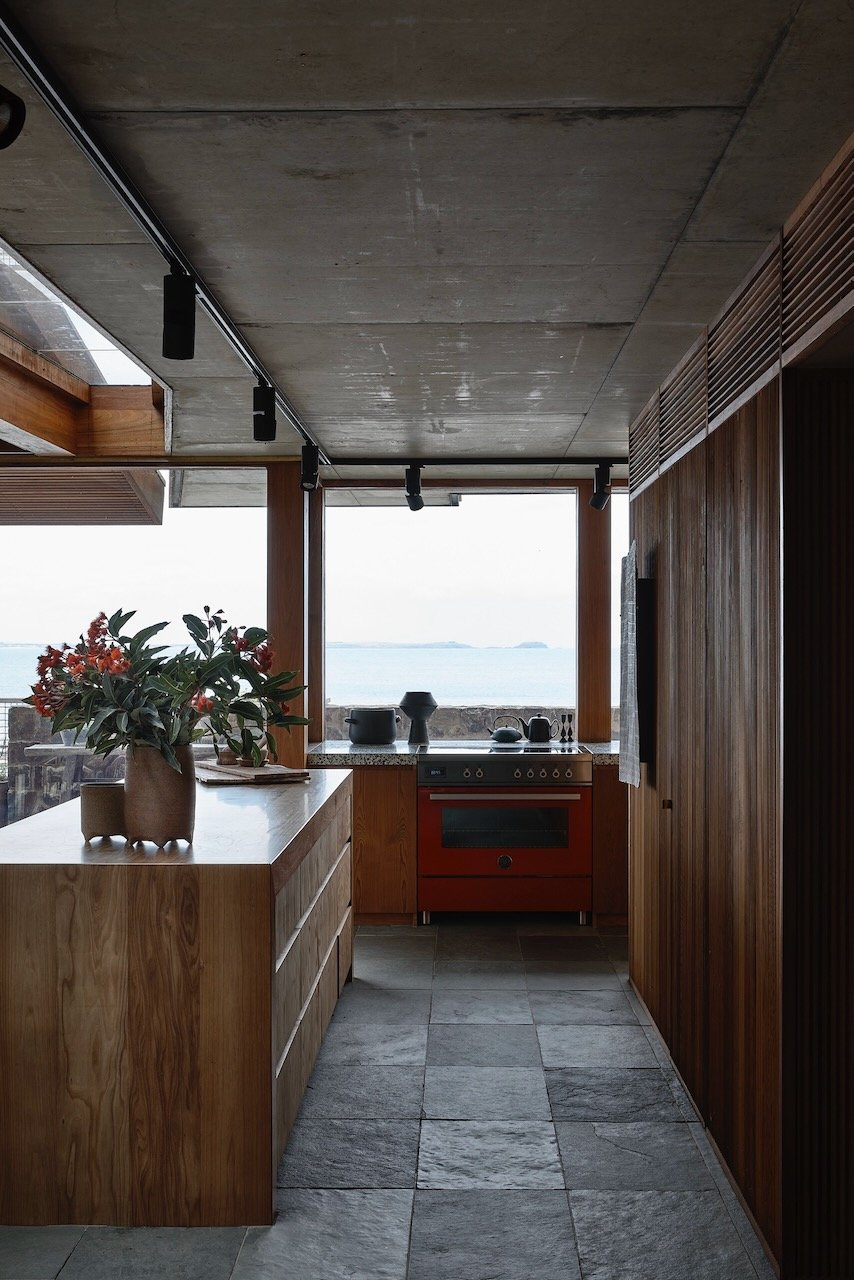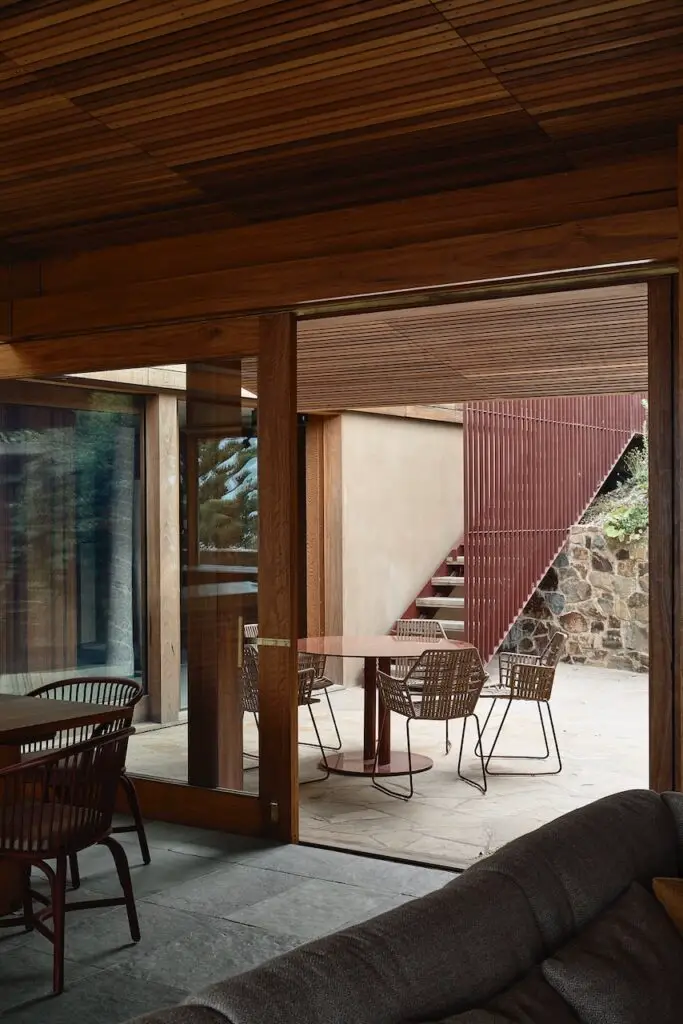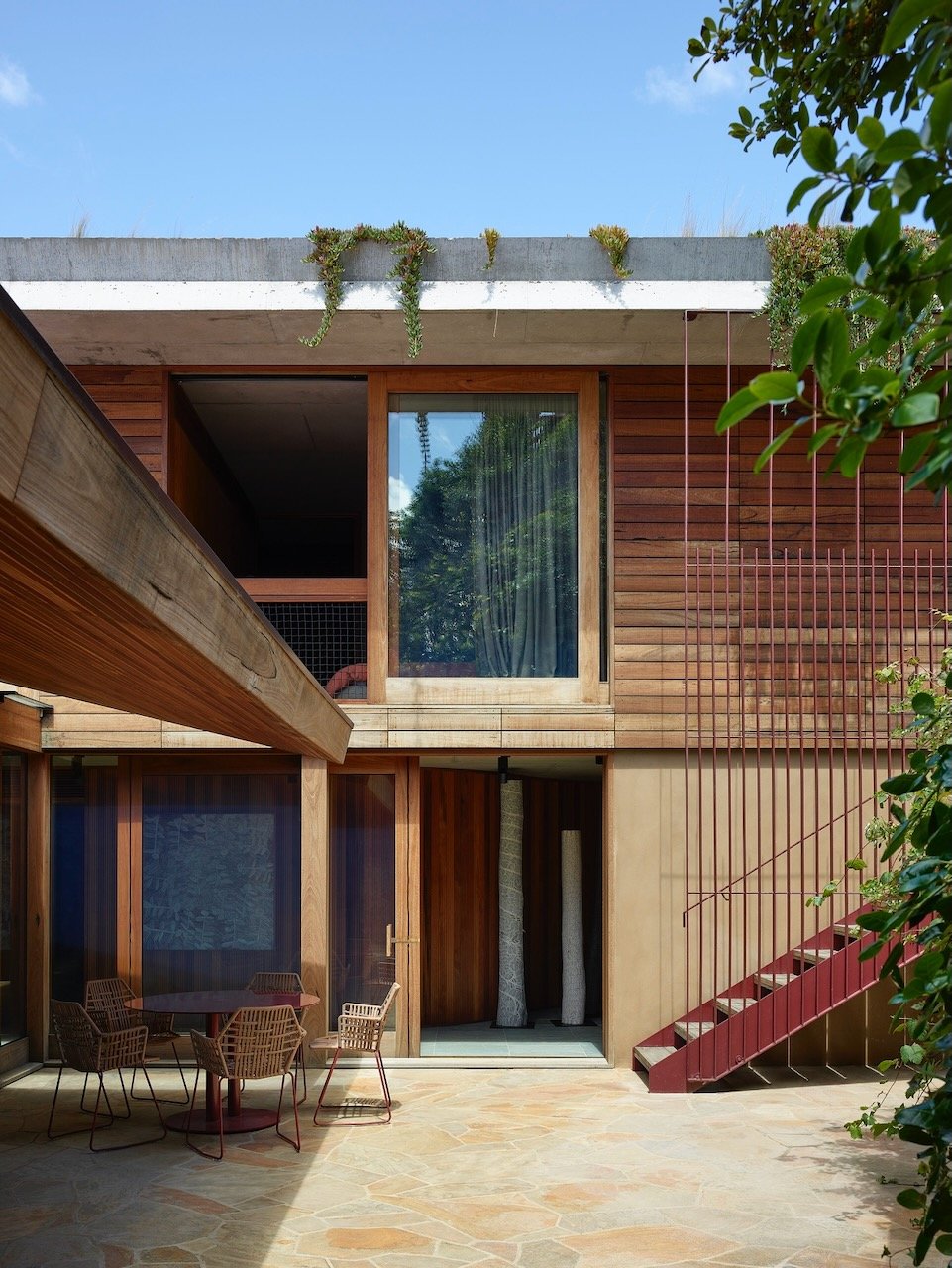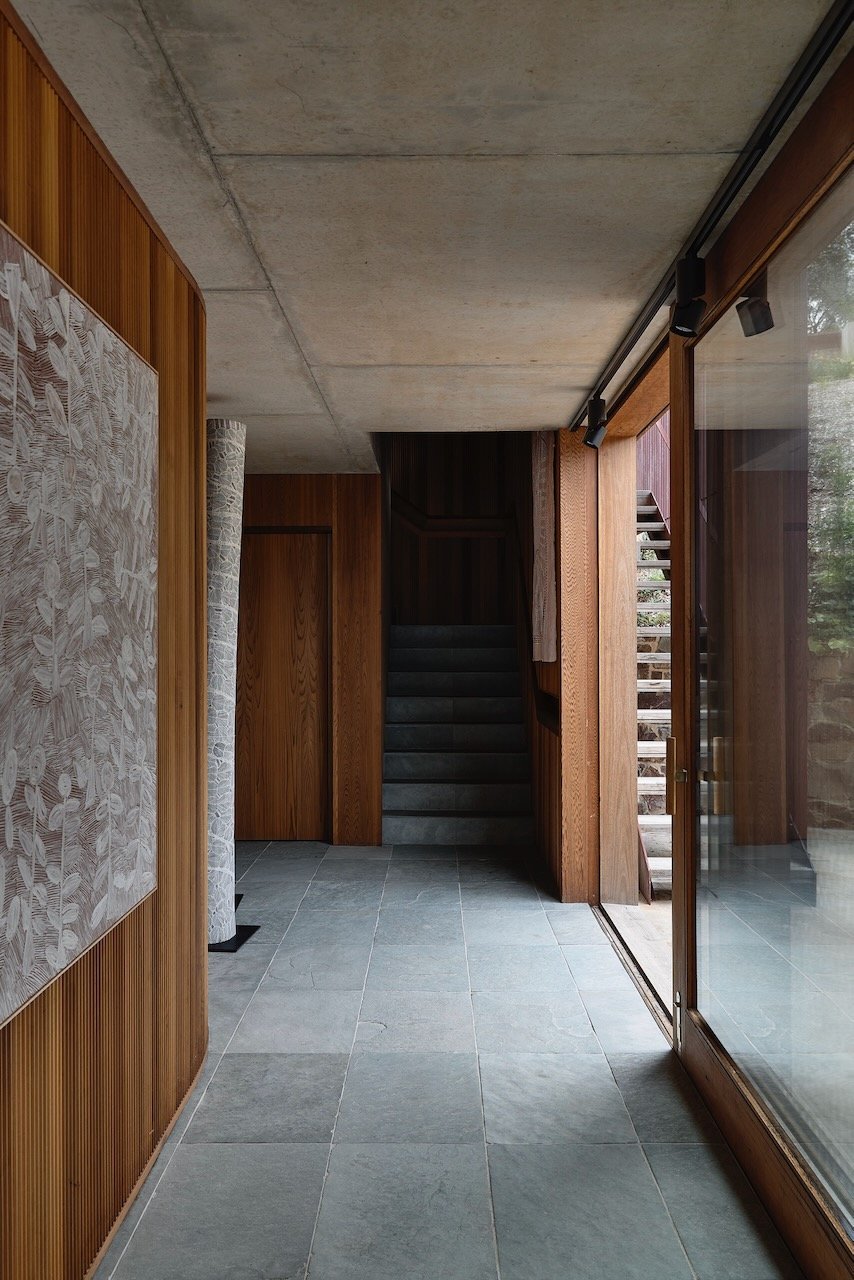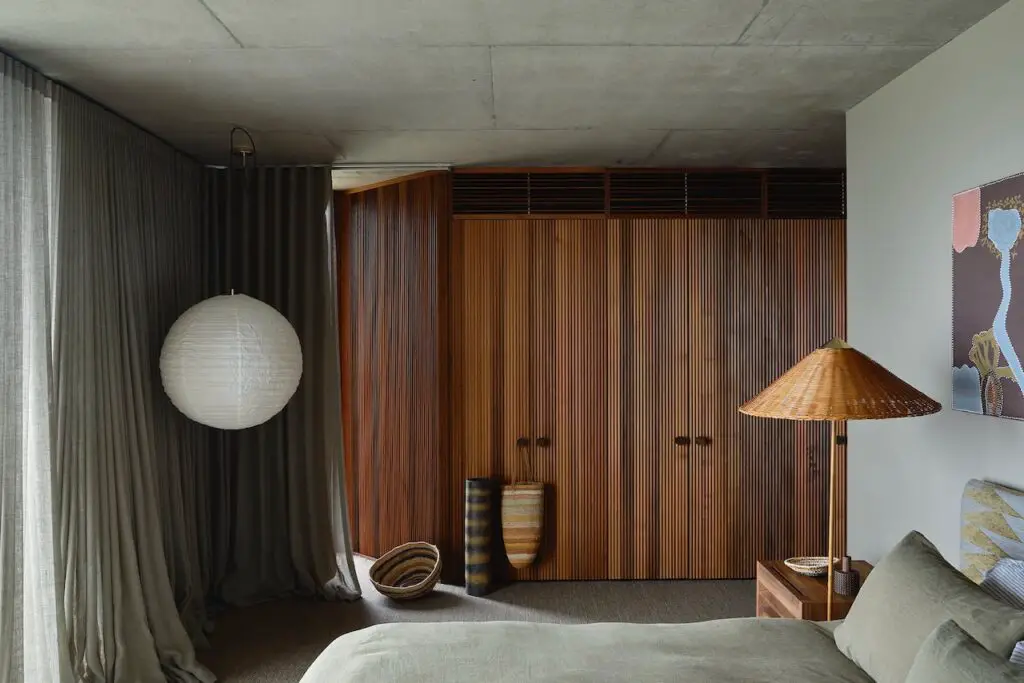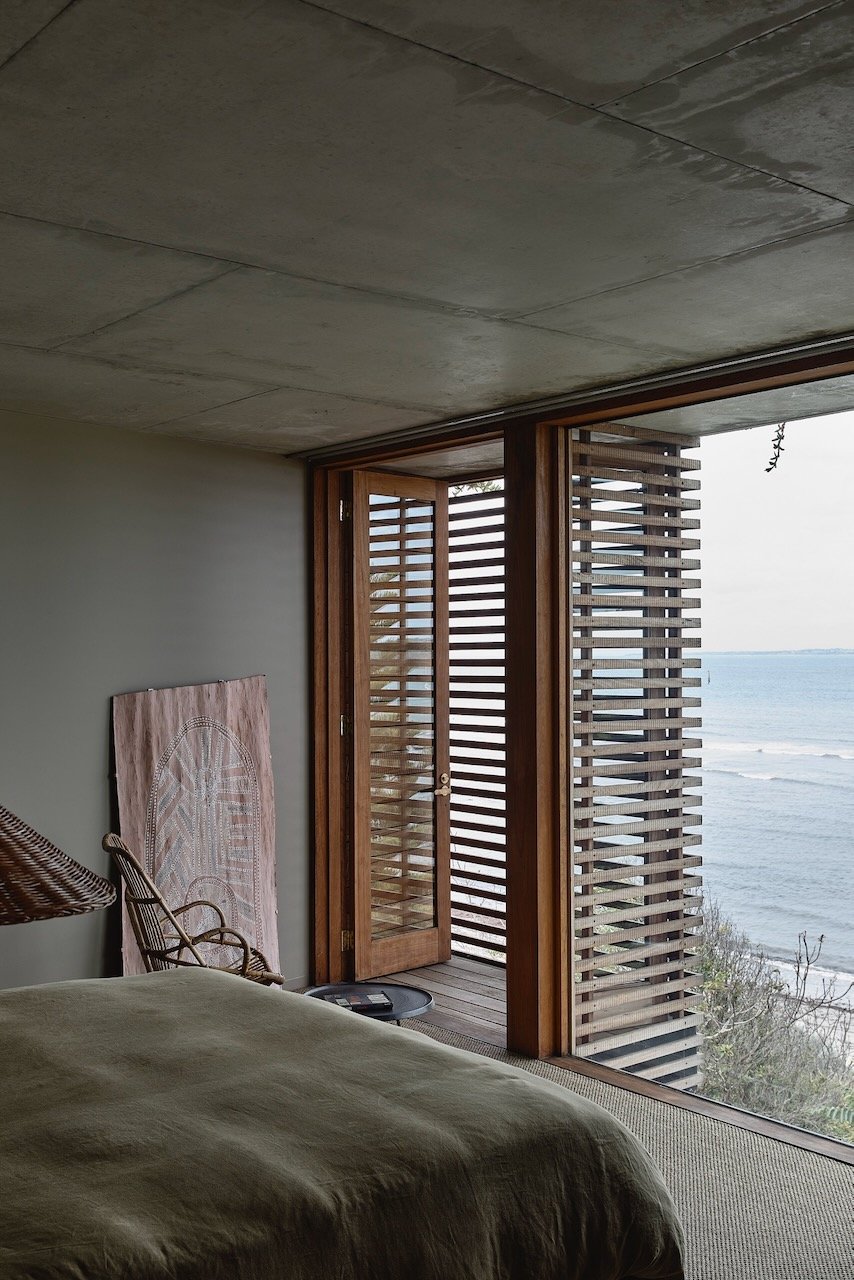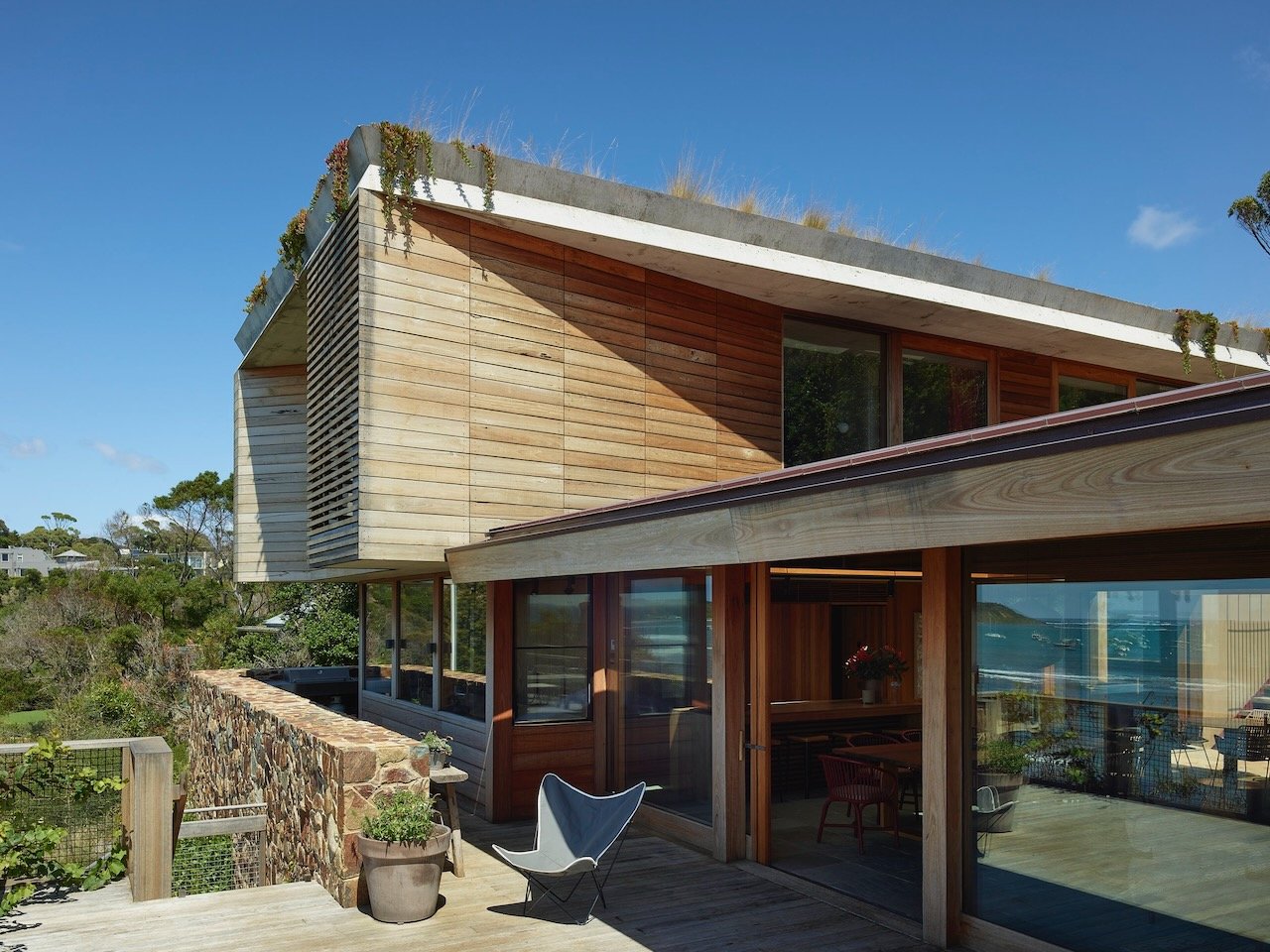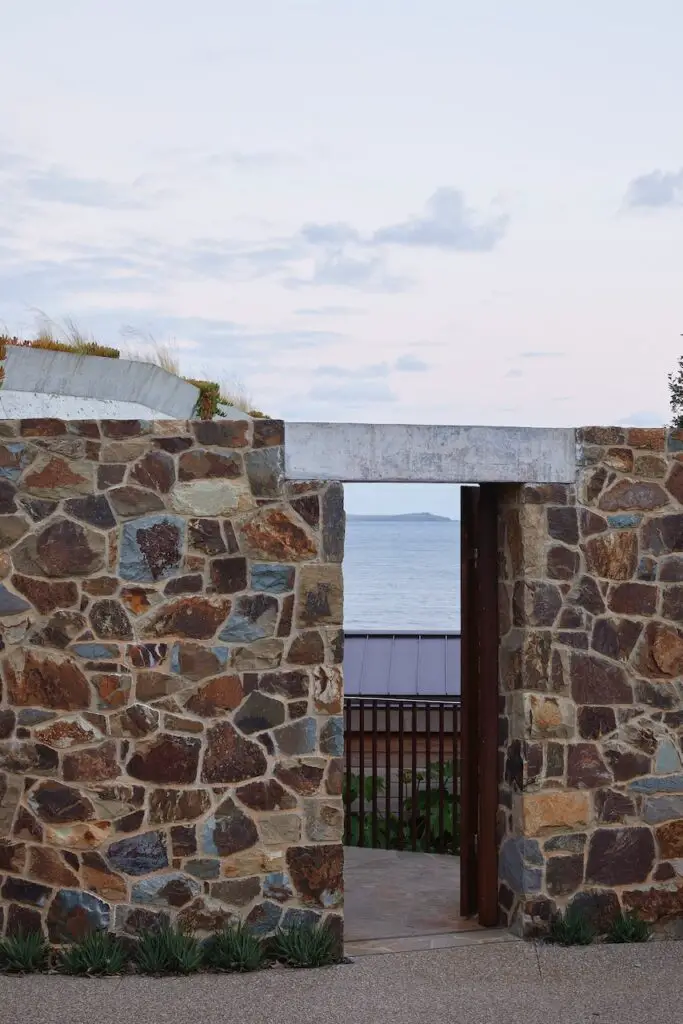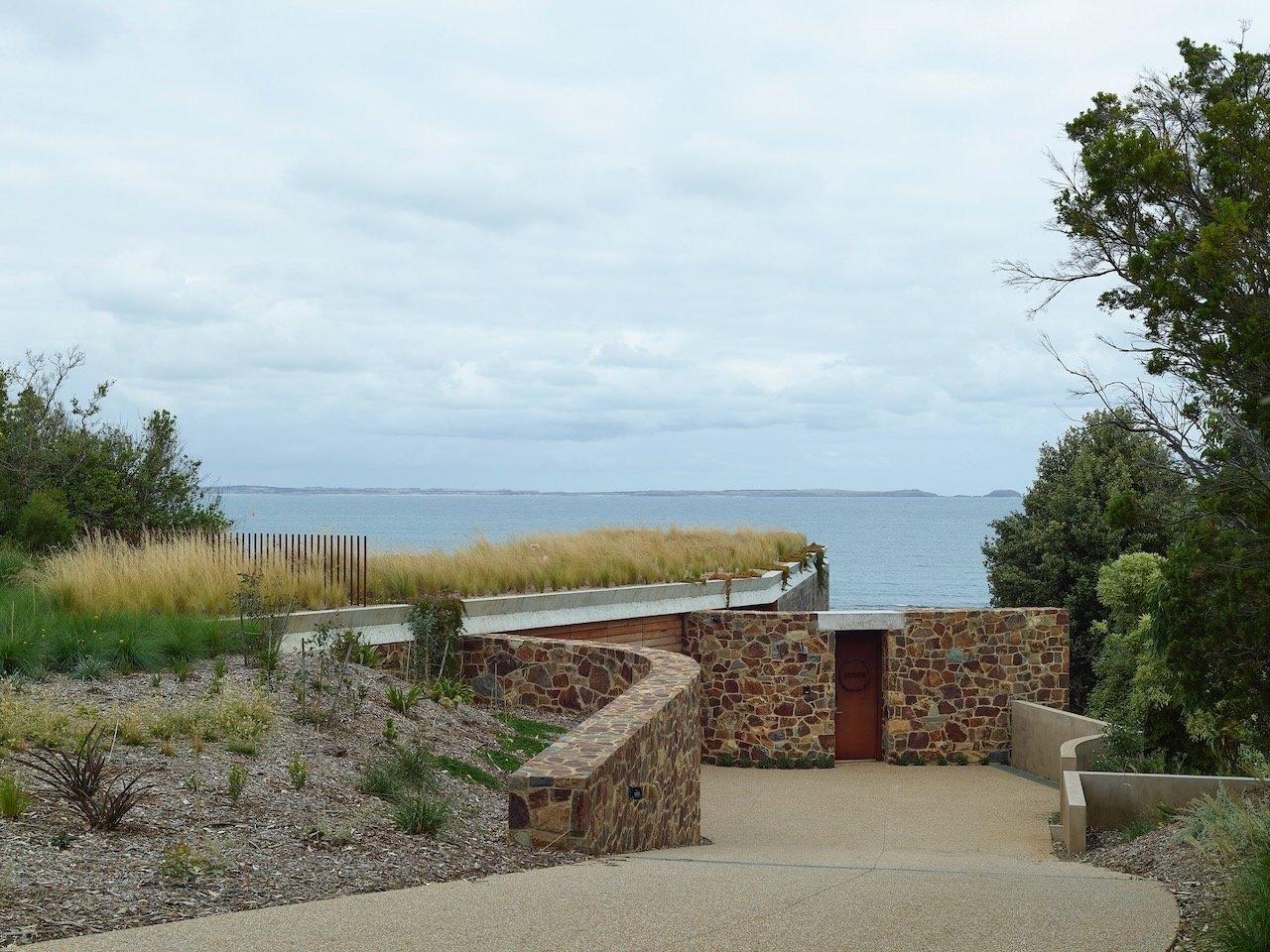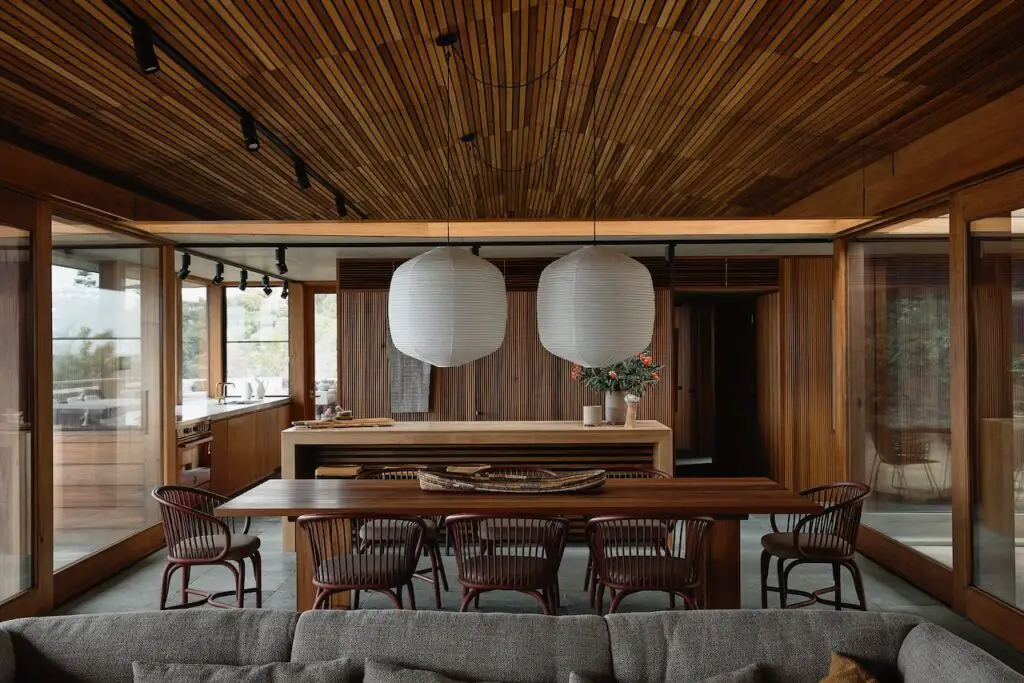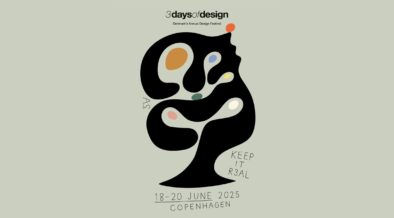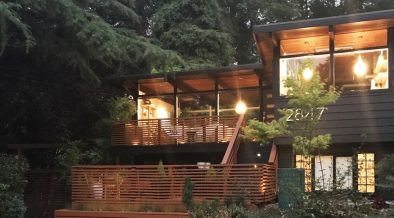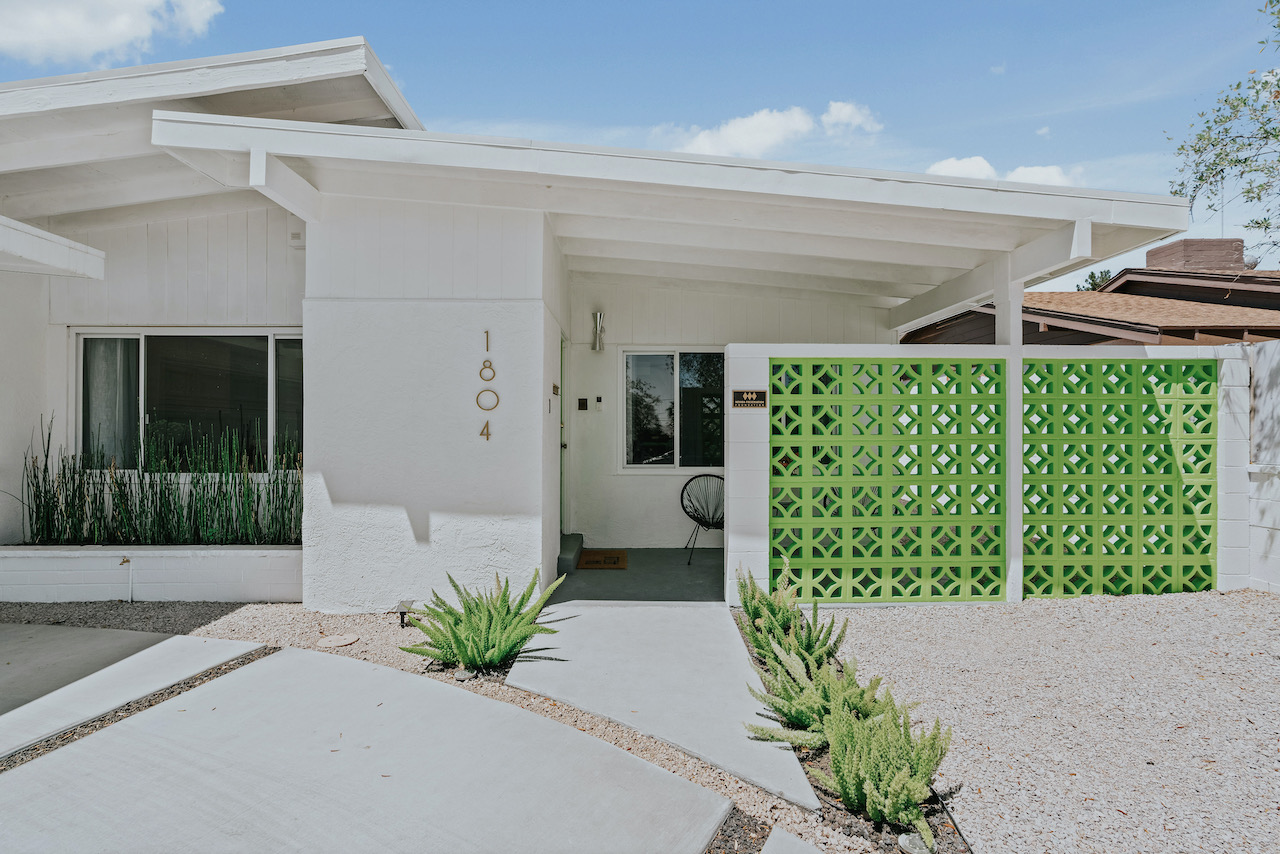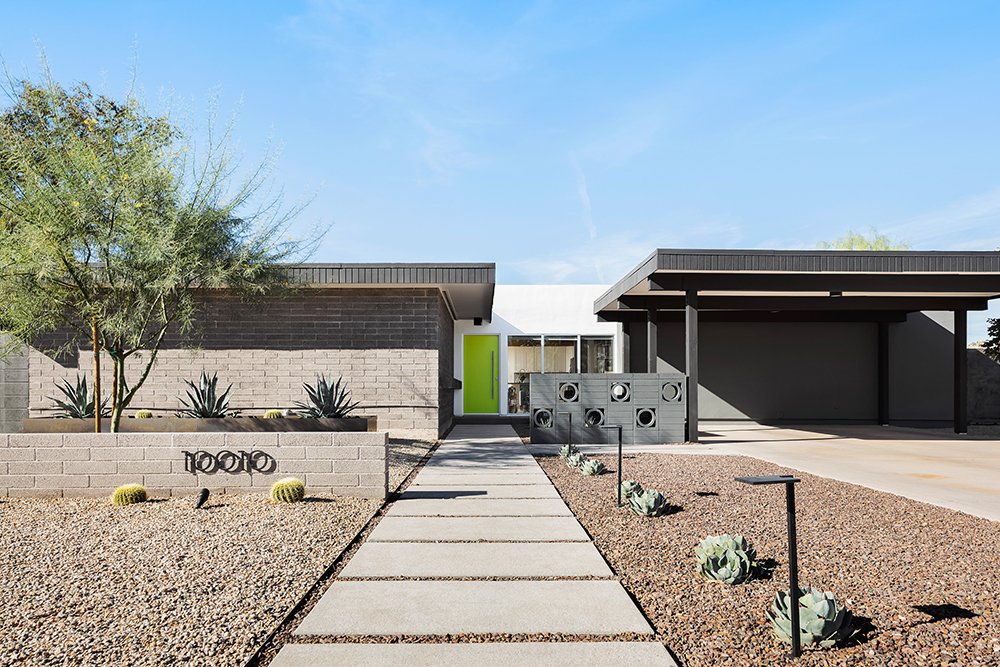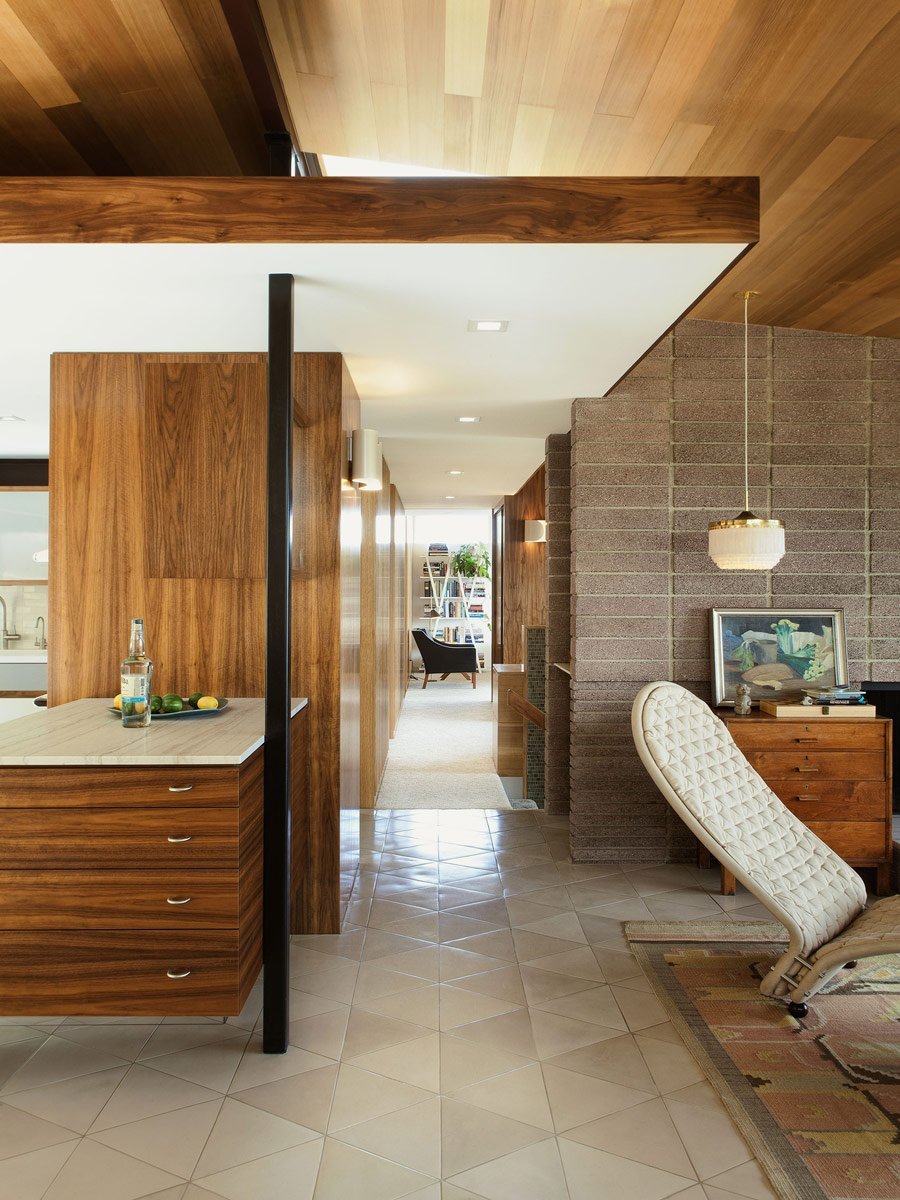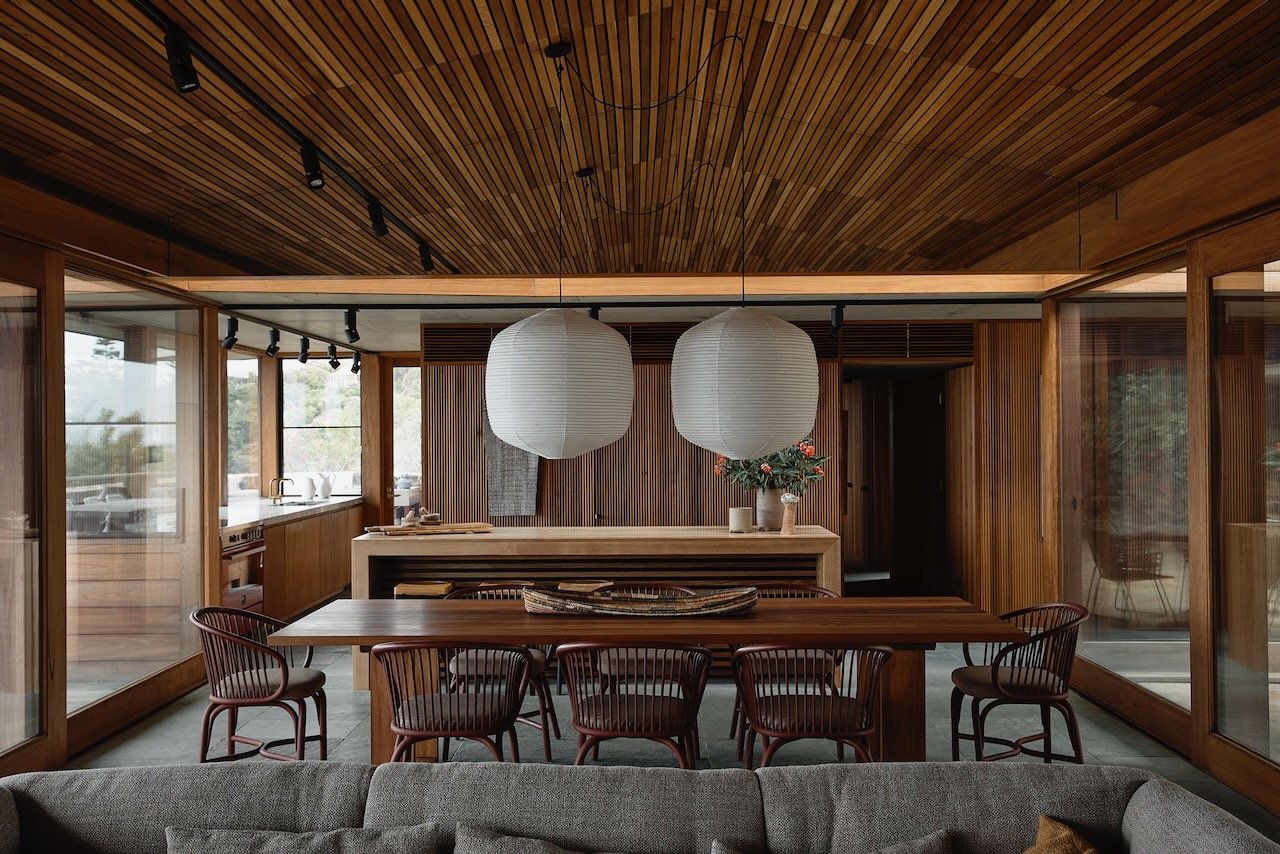
In the world of architecture, encountering a spectacular site is a dual-edged sword. The inherent beauty and allure of such locations are undeniable, yet they often come with hidden drawbacks.
This was the central challenge in a recent project by studio Kennedy Nolan – not just any building, but a structure destined to transition from a weekend retreat into a permanent home.
The brief presented to the architects was complex and multifaceted. They were tasked with integrating the building into a sloping site, ensuring wheelchair accessibility, and maintaining low energy requirements for comfort in all seasons.
Additionally, the house needed to be hospitable for guests, providing various relaxation spots influenced by the sun and wind, while achieving a balance with both a manicured garden and the wider landscape.
The architects embarked on this journey with a deep understanding of the site’s dual nature as a gift and a challenge. The advantages of a spectacular site were clear: breathtaking views, a sense of expansiveness, and a unique setting.
However, the disadvantages, though less obvious, were crucial to address. The trend towards single-orientation, glass-heavy designs on such sites often leads to structures that, while aesthetically pleasing, fail to create a comprehensive living experience.
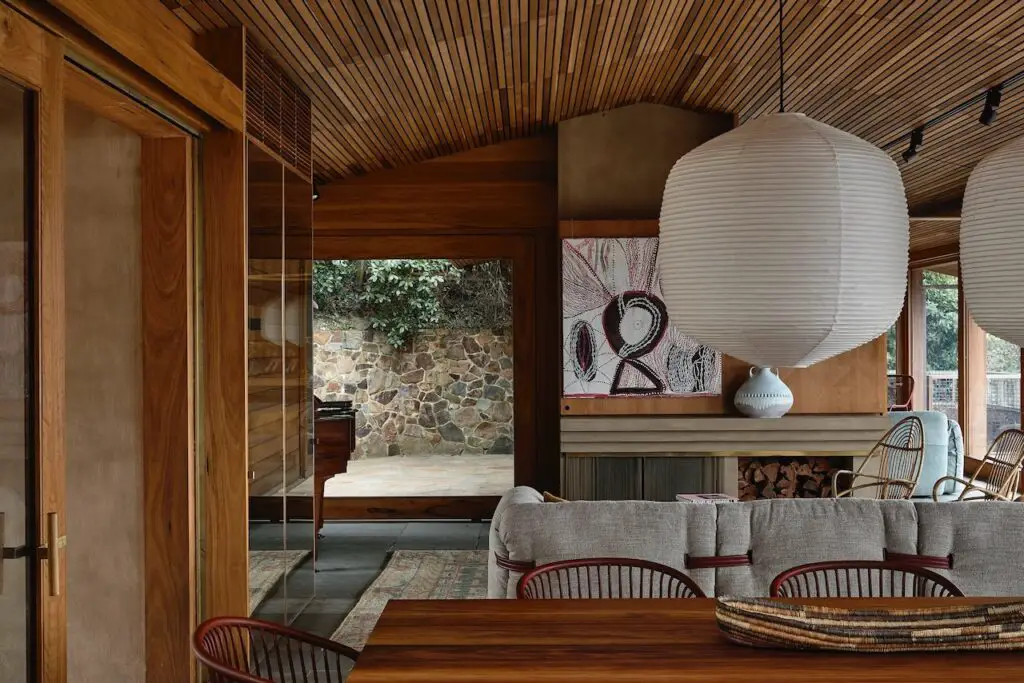
To overcome these challenges, the team approached the project with a philosophy of balance. They sought to harmonize the canonical attributes of aspect, prospect, and refuge, ensuring that no single element overshadowed the others. This balance was crucial in maintaining the equilibrium of an ideal domestic setting.
In achieving this, the design delicately navigated the interplay of natural light, landscape views, and internal spaces. The orientation of the house was meticulously planned to maximize the scenic vistas while avoiding the pitfalls of overexposure and heat gain, common in glass-dominated structures.
The use of sustainable materials and energy-efficient design principles ensured the house remained comfortable throughout the year, aligning with the low-energy requirement of the brief.
Accessibility was another cornerstone of the project. Wheelchair access on a sloping site posed a significant design challenge, met with innovative solutions that integrated seamlessly into the overall aesthetic and functional narrative of the house.
The result was a residence that stoods in harmony with its surroundings. It is a house that not only provides a refuge from the hustle of everyday life but also engages dynamically with its environment.
